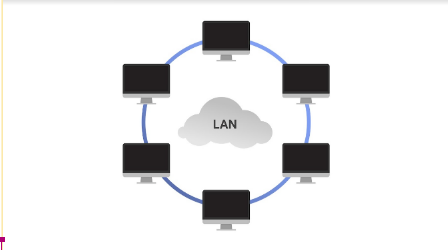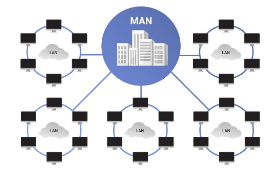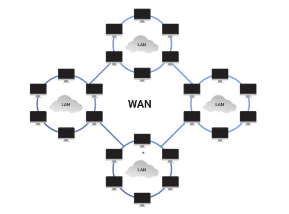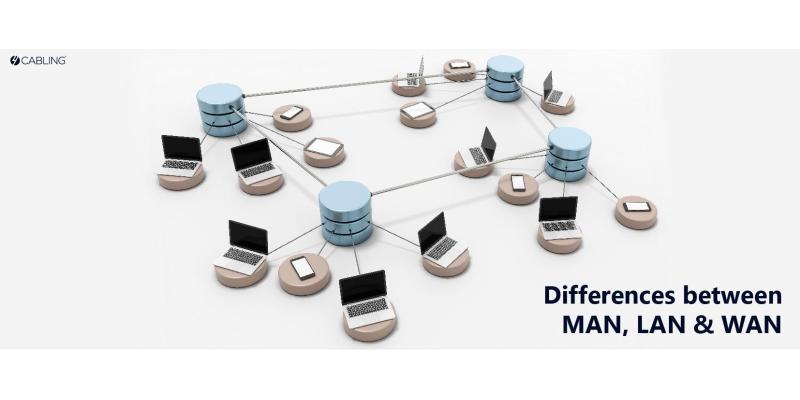LAN vs MAN vs WAN: What are the Different Types of Networks?
No matter whether you’re a human or a computer, networks are a necessary component of communication. Without networks to enable the free flow of information, communication becomes disjointed and unreliable.
Computer networks refer to a group of interconnected computers that electronically share resources and data with one another. This establishes a cohesive architecture that enables the seamless transfer of information.
There are three types of computer networks: local area computer networks (LAN), metropolitan area computer networks (MAN) and wide area computer networks (WAN). But what makes these three types of networks distinct from each other? And why would an organisation opt for one over the other?
What Is LAN Network?
Local area computer networks are typically found in residences, schools, universities, organisations and hospitals. LAN users can access centrally located processors and programs, share printers and communicate with one another.
LANs work by connecting computers and peripheral devices in a limited area through links (WiFi, coaxial cables, network cabling, etc.). They can also include a number of wireless network products and devices such as load balancers and firewalls.
Because LAN Networks are localised, they offer faster data transfer speeds in comparison to other types of computer networks. In addition to being relatively simple and economical to maintain, LANs are also composed of comparatively less-expensive technology including Ethernet cables, switches and hubs. These key benefits make LANs a popular option for smaller organisations who don’t need to communicate across large areas.
But that’s not to say that LANs are constricted by their localised nature. If two or more LANs share similar architecture, they can tap into each other using ‘bridges’. Meanwhile, if two LANs with different architecture need to communicate with each other, they will use gateways to convert transmitted data
LAN Network Example
Here is a visual representation of what a LAN network looks like:

What is MAN Network?
Considered a smaller version of a WAN and a larger version of a LAN, Metropolitan Area Networks (MAN) connect computers within a metropolitan area. A metropolitan area could include a single city, multiple cities or a large area within a city. The size of a MAN is often between 5 and 50 kilometres.
A MAN will encompass a number of interconnected LANs. As they only have to transfer data over a relatively short distance, they are more efficient than WANs and can provide faster communication. While they can be public, MANs often refer to a private data network that is used by a single organisation that is located across multiple buildings.
MAN Network Example
Below is a visualisation of a MAN network:

What is WAN Network?
A Wide Area Network (WAN) is made up of a collection of smaller LAN networks. They are not restricted to a specific geographical area and can instead transfer data over countries, continents or the entire world.
While WANs aren’t slow, their expansive connection distance means that they are slower than MANs or LANs. As they have to travel across hundreds or thousands of kilometres, WANs are composed of fibre cables, which offer higher, more reliable transfer speeds.
WANs can be either private and public, and they are commonly used by internet providers, businesses and governments. Most private WANs are built using leased telecommunication lines, which are dedicated channels rented on a monthly basis that connect two or more locations. Meanwhile, public WANs rely on the internet and PSTN lines.
WAN Network Example
Here is a basic example of a WAN network might look like:

Have any questions about the network devices needed to build or use a LAN, MAN or WAN? Get in touch with our customer service team who will be happy to provide you with further information into the setup of various computer networks.






